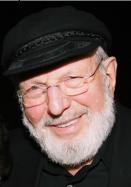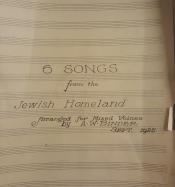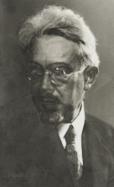(91 results found)
Täräkämä (2)
… Daghestan … The Music of the Mountain Jews … Asia … Folk songs … Judeo-Tat - Juhuri … Mountain Jews … Dance Music … Instrumental music … Clarinet … Garmoshka … …
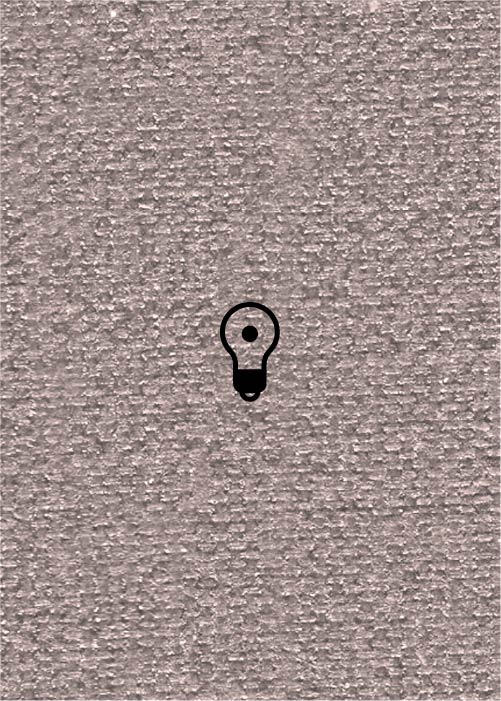
Tsu der khupe (LKT)
… the full reference. “These klezmorim know many pieces: dance, instrumental works played at the table, street tunes … playing their instruments, and a large group of townsfolk, carrying lighted torches, follow. After the bridegroom … wedding scene. It is peformed by the State Ensemble of Jewish Folk Music of the Ukrainian S.S.R. recorded in the …
Nahum Heiman
… the ears of thousands of Israeli singing fans. The Israeli folk song (Zemer Ivri) is the soul of our life in this … the student of the composer Matitiyahu Shalem and the dancer Tirza Hodes. He began playing in Hodes's folk dancing … subscribed to the Academy of Cinema. There he worked in the Jewish Agency. After a few years, Heiman met with a Swiss …
Menashe Ravina
… studies on Israel's national anthem, "Hatikvah," and the folk dances of Baruch Agadati. During his early years in Israel, … actively engaged in the musical circles of Eastern European Jewish musicians, documenting and arranging Jewish folk …
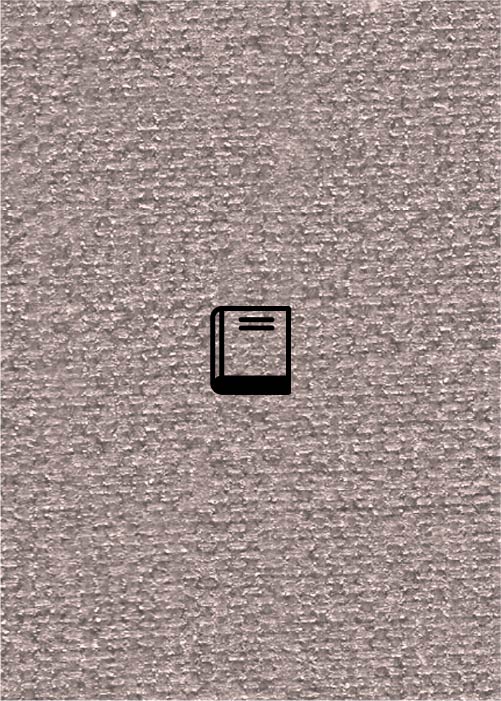
Fiddler on the Move: Exploring the Klezmer World
… 'Klezmer' is a Yiddish word for professional folk instrumentalist-the flutist, fiddler, and bass player that made brides weep and guests dance at weddings throughout Jewish eastern Europe before the culture was destroyed in …
1. Oh Lovely Parrot!
… a parrot to tell a story, in the style of classical and folk epics in Malayalam literature. The parrot addressed … payinkiḷi —literally translated as a “green parrot,” and in Jewish Malayalam an epithet for a very beautiful woman— … the only Jewish community whose women performed these dances in recent memory. When Marcia Walerstein-Sibony …
Karev Yom
… of the earliest commercial recordings of Israeli and other Jewish folksongs made for the international market after World War … also acquired a choreography becoming also an Israeli folk dance. A musical notation of ‘Karev yom’ appears in the …

Kolomeyke (LKT)
… p. 239 . “The co-territorial repertoire consisted of local dance tunes of non-Jewish origin played by klezmorim for non-Jews, and also, at … is typical of several musical categories of the gentile folk environment in which the Hasidic movement arose and …
Na’aleh L’artzeinu – A Simple Melody with an Intricate Story
… … In 1926, in “New Palestinean [sic] Folk Songs” – one of the earliest Zionist songbooks … of this melody appears in A.W. Binder’s “New Palestinean Folk Songs,” it is important to explore first the history of … version of the melody, perhaps one sung without text as a dance niggun – more about this later. The text of the song …
Curt Sachs
… can be accessed online. Sachs Curt. World History of the Dance , (Ed. 1963). Biographies: Brown Hoard Mayer. 'Sachs, … Claudie. “Curt Sachs.” Journal of the International Folk Music Council 12 (1960): 88–89. (in French) … …

